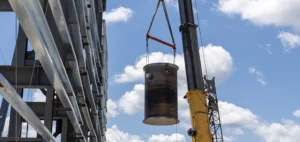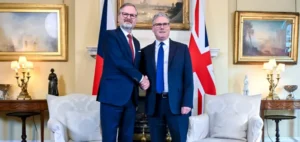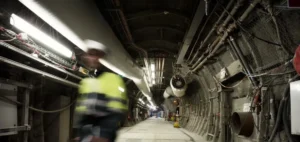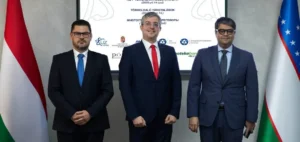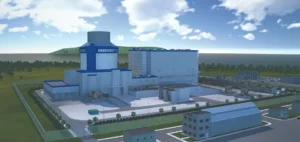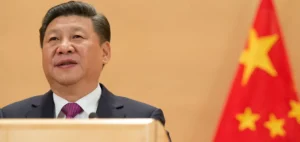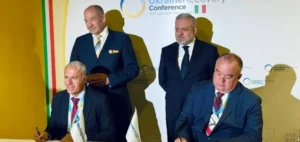Canadian Nuclear Laboratories (CNL), a Canadian organization specializing in nuclear science and technology, has announced the expansion of its energy technology siting program. Initially focused on small modular reactors (SMRs), the program now includes nuclear fusion, hydrogen production, battery storage, and clean fuel production.
A strategy to embrace emerging energy technologies
In response to technological advancements and Canada’s clean energy goals, CNL aims to facilitate the development of industrial prototypes and demonstration projects at its sites. Expanding the program allows energy sector players to test and commercialize their innovations. Jack Craig, President and CEO of CNL, emphasized that this initiative is designed to support Canada’s positioning in the global market for advanced energy technologies.
A partnership between the public and private sectors
This program is supported by Atomic Energy of Canada Limited (AECL), a Crown corporation that owns the sites managed by CNL. Fred Dermarkar, President and CEO of AECL, stated that this model fosters collaboration between the government and the industry. The facilities at Chalk River Laboratories and Whiteshell Laboratories could host these projects, provided applications meet the defined siting procedures and approval requirements.
A structured framework for industrial projects
Companies seeking to join the program must follow a four-stage process, updated to reflect a more collaborative approach. CNL is also continuing discussions with SMR vendors and reaffirming its commitment to hosting an SMR at one of its sites in the near future.
Investment and innovation opportunities
The expansion of the siting program could attract new investors and accelerate the commercialization of breakthrough energy solutions. CNL remains open to discussions with project developers to establish collaboration frameworks aligned with industrial and regulatory requirements.



